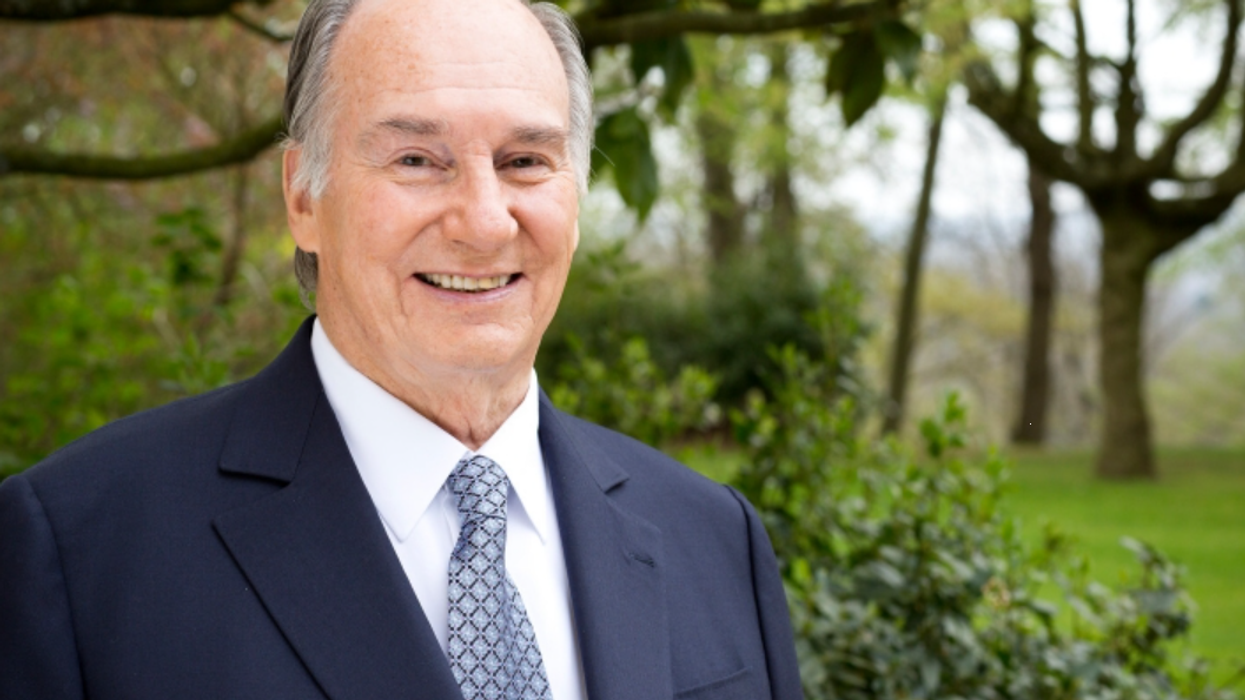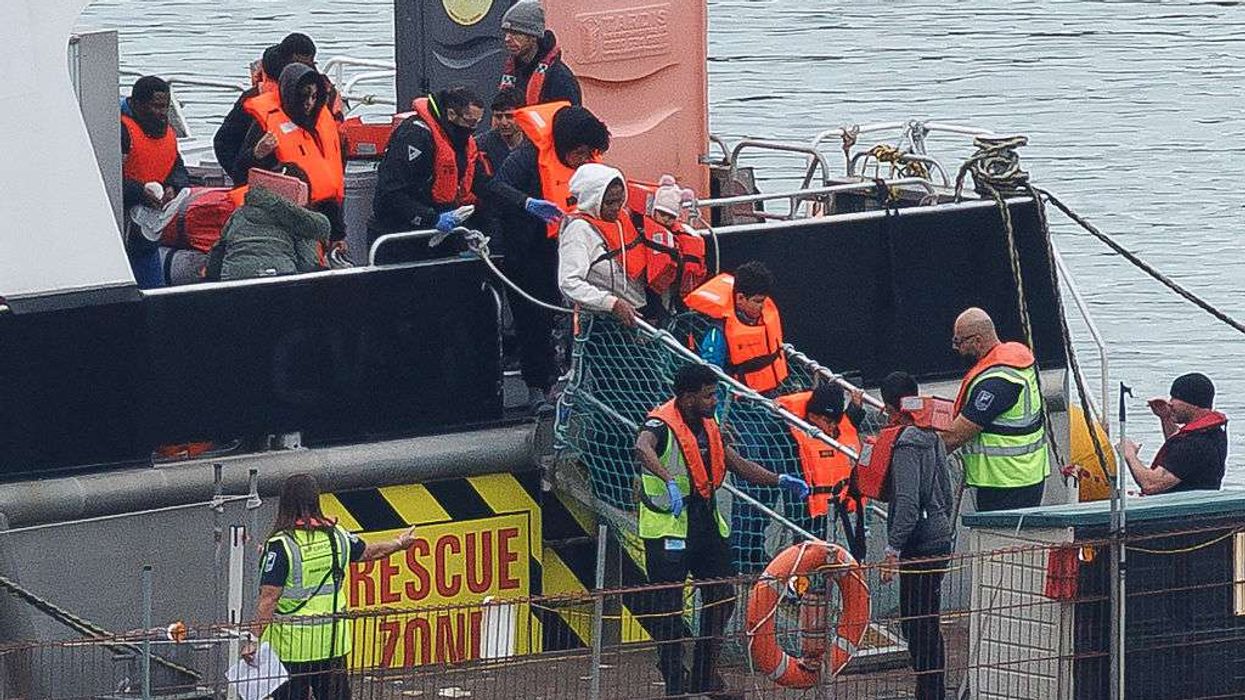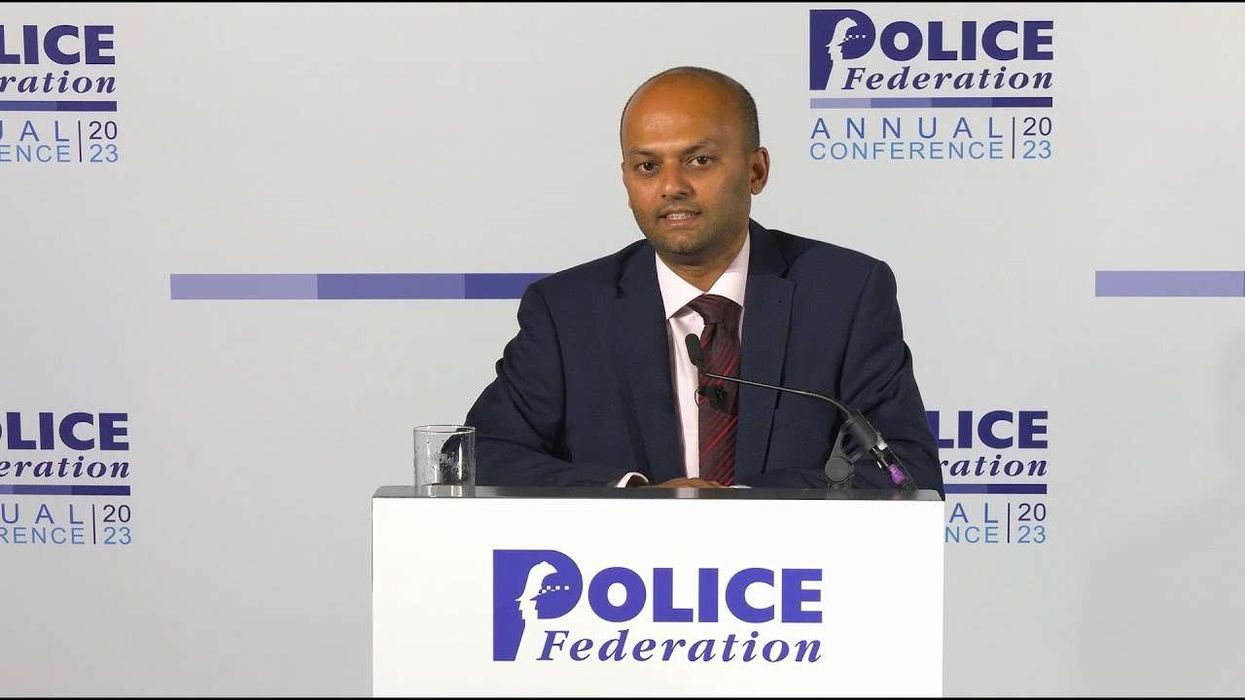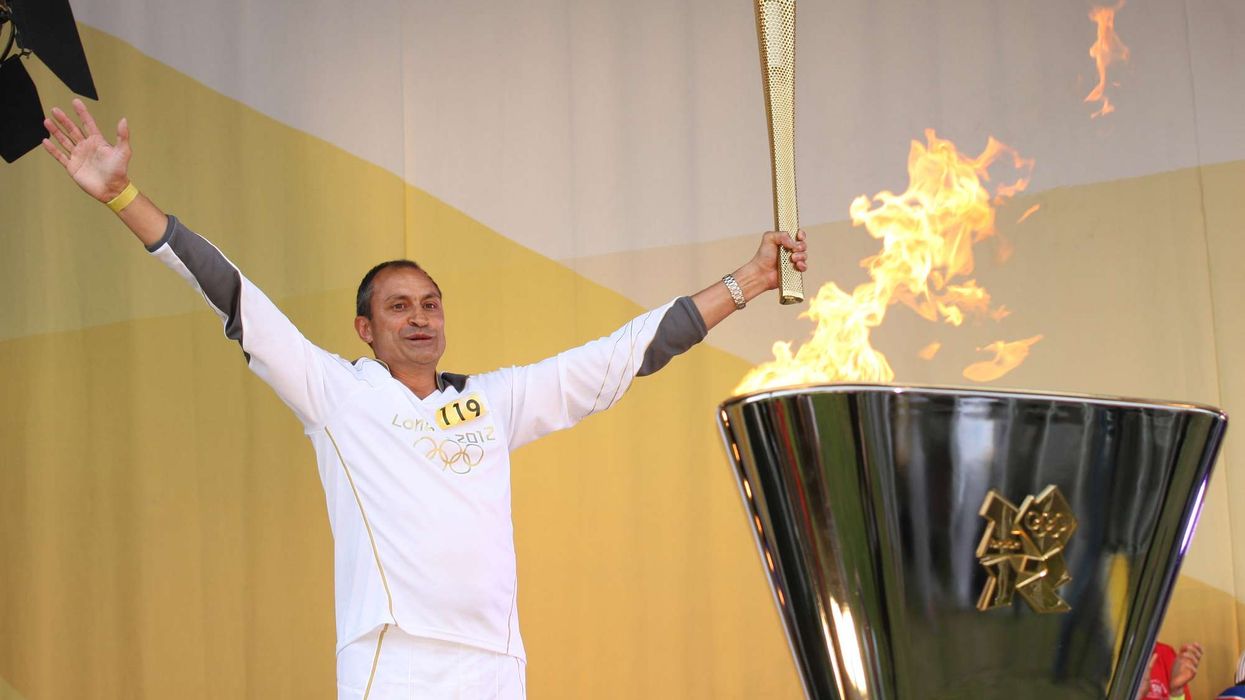THE year 2022 marked the fiftieth anniversary of the Ugandan Asian expulsion which saw the uprooting and resettlement of some 80,000 Ugandan Asians when Idi Amin Dada, the self-styled dictator of Uganda, declared on 4 August 1972 that he had had a dream in which he was enjoined by God to rid Uganda of the “Asian menace”.
The Ismailis are a Shia Muslim community, many of whom had been in Uganda for three to four generations and a majority of them were Ugandan citizens. Amin gave them 90 days to get out of the country, with the warning that, should they remain after this time, they would only have themselves to blame for what might befall them.
As the 90-day countdown progressed, the situation began to change somewhat as the government of Edward Heath in the UK decided to admit some 28,606 British passport holders to the United Kingdom. Canada, under the dynamic leadership of Pierre Elliott Trudeau, was at the time toying with the idea of accepting immigrants from non-traditional (in effect, non-European) areas and opened the country’s doors to both displaced and stateless Ugandans — mostly Ismailis who earlier, under the guidance of Prince Karim Aga Khan, had opted for Ugandan citizenship. This gesture by the government of Canada led to some 6,500 Ismailis resettling in different parts of Canada. A small number of Ugandan Asians (no more than about 5,000) ended up in various parts of Europe, most notably Austria, Belgium, Italy, Malta, Spain, and Sweden.

It was at this juncture that Prince Sadruddin, the United Nations High Commissioner for Refugees, played an important role in utilising new approaches in ensuring that a number of European countries would open their doors as temporary transit points for those Asians who were not able to go to other areas for resettling.
In this article, we will touch briefly on Prince Karim Aga Khan's vision of a multicultural post-independence society in East Africa and his endeavours towards achieving this aim. Secondly, we will highlight Prince Sadruddin’s role in enlarging the global vision of the office of the UNHCR. And finally, we will describe how the Ismailis of Canada began to play an important civic role nationally and internationally through the Aga Khan Development Network.

THE VISION
From the early 1960s Prince Karim Aga Khan visualised a multiracial society in East Africa where people would co-exist in mutual harmony. Immediately at the time of Ugandan independence he advised Ismailis to take up Ugandan citizenship and contribute to the newly-formed country by playing an active participatory role in nation building through the way they conducted their daily lives. Prince Karim Aga Khan himself played an important development role by assisting in many national projects in health, education, and economic development throughout the other new East African countries as well.
He reoriented the institutional communal structures inherited from his grandfather, which had been established under a few colonial governments to the dynamics of nation building in the new nation states. This entailed creating new institutions with greater indigenous participation. In brief, Prince Karim Aga Khan engaged himself wholeheartedly in the post-independence socio-economic development of East Africa, with the Ismaili community fully aligned with his vision.
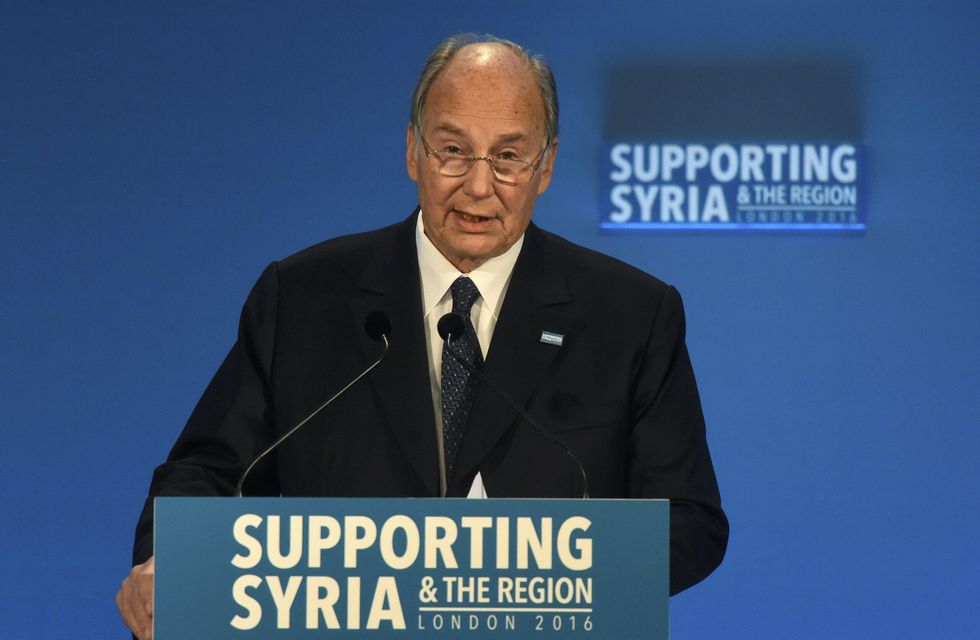
It was therefore a great shock for both Prince Karim Aga Khan and the Ismaili community when Idi Amin ordered all Asians out of the country within 90 days — the shock of this edict being compounded by the fact that an overwhelming majority of the Ismailis in Uganda had by then become citizens of the country.
ENSURING A PROPER RESETTLEMENT PROCESS FOR THE ISMAILIS IN CANADA
The Ugandan Asian crisis coincided with Canada’s change of immigration policy to one of seeking qualified immigrants from non-traditional areas of catchment — which meant from non-European countries.
Although Canada Manpower, the lead government agency, was now beginning to grapple with this new reality, the Canadian Government was not fully geared to processing applications from Africa. The Canadian Manpower office for the whole of Africa at that time was based in far-off Beirut from where Canada Manpower provided services to process applications from Africa. When the Ugandan crisis erupted the Canadian Immigration team that arrived in the country faced massive challenges and here the Ismaili National Council through its system of volunteers played a critical role in helping consolidate the applications of all Ismaili Ugandans so that they could be ready to board the planes the Canadian government had chartered for the evacuation of the expellees.
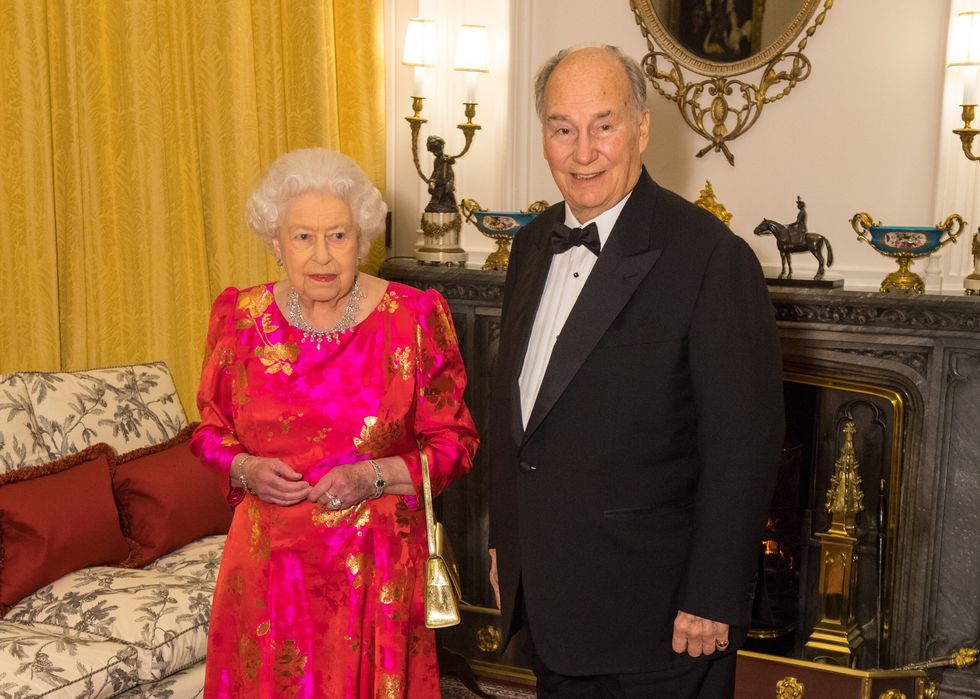
In Canada itself, newly arrived immigrants formed themselves into committees to receive even newer arrivals to settle by finding them employment at any level — from menial to professional. Utilising its social networks and years of experience in communal service, the small existing Ismaili community in Canada helped individuals and families find employment, establish themselves and make contingency plans for expelled members of their families to join them.
Some years into this resettlement project, Prince Karim Aga Khan, through the Industrial Promotion Services — an entity of the Aga Khan Fund for Economic Development — arranged with two leading Canadian banks, the Canadian Imperial Bank of Commerce, and the Bank of Nova Scotia, to provide shortfall loans to Ismailis, which he himself underwrote, under a Guarantee Programme, to help them start their own business ventures. Over time, Ismailis became established in their new lives in Canada, worked at all levels of the economy, with their children attending good schools.
In 1978 Prince Karim Aga Khan visited Canada as a semi-official guest of the Canadian government. He visited most of the areas where Ismailis were settled, met Pierre Elliott Trudeau in Ottawa and was received as a state guest in all the provinces he visited. His oft-stated advice to his followers was to make Canada their permanent home.
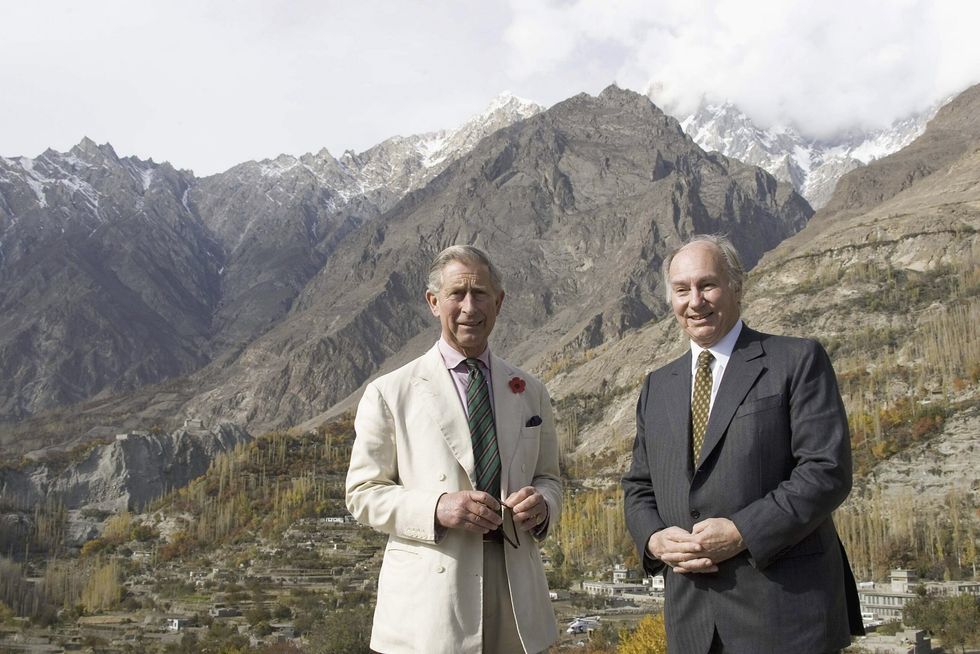
His main advice to the youth was to work hard, go into the professions that were going to be required in the future and to be ready for any service they could provide, once trained, to less privileged people in the developing world through the institutions of the Ismaili community which he was reorienting globally for this purpose.
While the Ismaili community in Canada was still in the process of resettlement, Prince Karim Aga Khan, through his Secretariat based in Aiglemont, France, oversaw the evolution of the Aga Khan Development Network (AKDN) — a global network of institutions, projects and programmes aimed at improving the quality of life of all people regardless of faith, race or gender.
PRINCE SADRUDDIN AND HIS INNOVATIVE APPROACHES TO RESETTLING THE UGANDAN ASIANS
Prince Sadruddin Aga Khan (1933–2003) was a statesman and activist who was the United Nations High Commissioner for Refugees from 1966–1977, during which time he reoriented the agency’s focus beyond Europe and prepared it for the complex refugee issues that were on the horizon. He was a great proponent of increasing collaboration between NGOs and UN agencies and played a seminal role in shaping the UNHCR and its vision at a very critical time in its history.
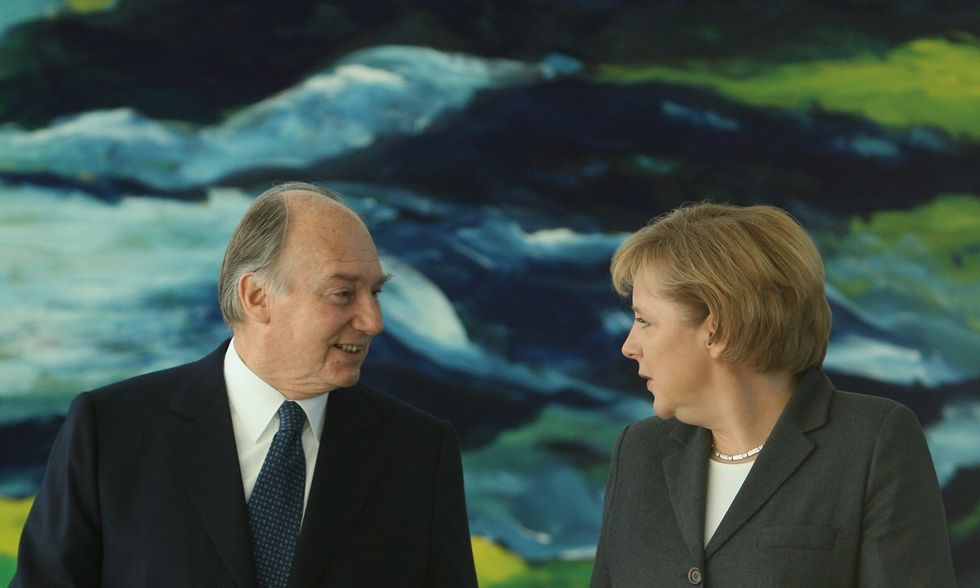
Aged 33, Prince Sadruddin was the youngest person, and the first non-European, to be appointed to the position of High Commissioner for Refugees. For the next twelve years be guided the institution through a period of great transformation, from the wars of decolonisation, through the 1971 Bangladesh crisis that uprooted upwards of ten million people, and to the Burundi civil war in 1972 leading to thousands of Hutus fleeing to Tanzania. This period also witnessed the Vietnamese boat-people tragedy of the mid-1970s and the Ugandan Asian expulsion of 1972 in both of which Prince Sadruddin was deeply involved.
According to Arafat Jamal, a senior diplomat with the UNHCR, Prince Sadruddin assumed and met the challenge of balancing the 1951 UN Refugee Convention’s geographical and temporal limitations with the UNHCR’s global mandate which he was able to leverage considerably given his deep knowledge of facts on the ground. Though his predecessor in office was aware of the limitations of the 1951 Convention, it would be fair to say that it was during Prince Sadruddin’s leadership that major changes actually took place.
Prince Sadruddin was also able to leverage the “Good Office” mechanism, whereby the UN Secretary-General — on sensing that a situation required an exceptional response — can call for exceptional and unprecedented measures.

In the case of the Ugandan Asians, the situation was unique to the extent that the Asians were threatened with expulsion and the UNHCR had to operate from within the country while many potential expellees were still there. Prince Sadruddin invoked the principle of shared responsibility, calling on various UNHCR member states to share the burden, and, to their credit, some European countries responded positively. This principle is now enshrined as part of soft law and was used during the time of the second Iraq crisis (2003 onwards).
While he saw immediate help as the priority, Prince Sadruddin was also a strong believer in the need for long-term solutions to integrate refugees into the countries of resettlement. Relief, he felt saved lives, but development gave people dignity.
Prince Sadruddin, it must be noted, played a major role in changing the outlook of the UNHCR office. During the 1950s, the agency had between 200,000 and 300,000 refugees to deal with. By the 1970s the European refugee problem had been largely solved but was replaced by the displacement of millions in the Third World. Prince Sadruddin widened the UNHCR’s reach to include refugees from Algeria, Angola, Palestine and Vietnam.
Many Ugandan Asians recall with great fondness his visits to the various camps in Europe while they were still waiting to be permanently resettled.
Here it is important to keep in mind the critical fact that while Prince Karim Aga Khan as Imam (or spiritual leader of the Ismaili community) saw his primary responsibility to care for the safety and security of his followers worldwide, he also broadened the horizons of the network of institutions worldwide to cater not only for evolving national needs but also to address global issues. And here, while the Ugandan Ismaili expellees were in the process of resettlement, the Aga Khan developed institutional connections with leading Canadian universities, NGOs and government agencies. Today Canada houses two Ismaili Centres, as well as the Ismaili Imamat Delegation Building, the Global Centre for Pluralism — a project run in partnership with the Canadian government, and the Aga Khan Museum, as well as a host of socio-cultural projects in partnership with provincial governments.
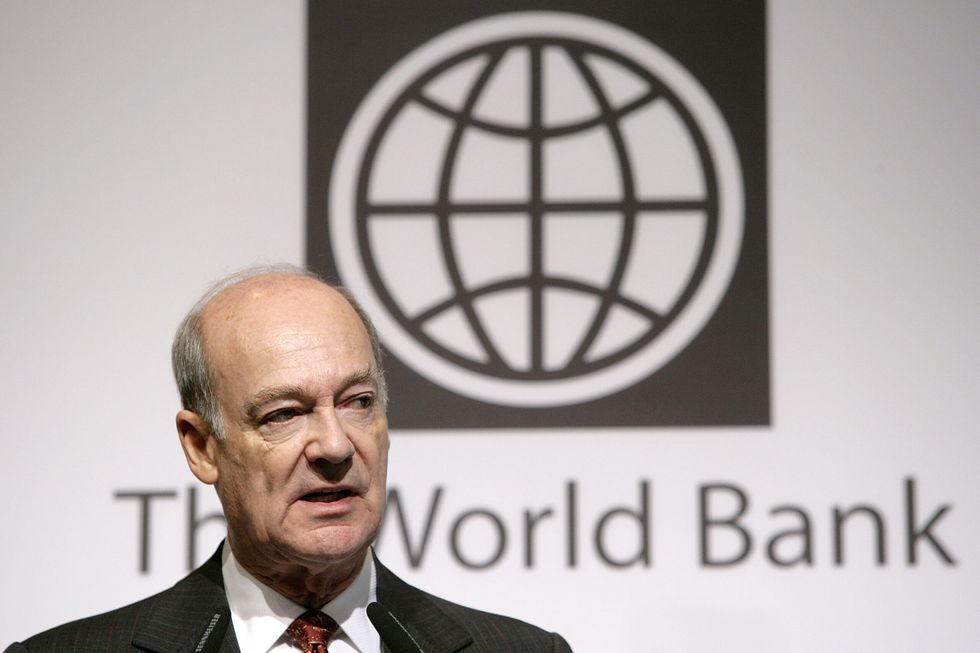
While the Ugandan Ismailis are only a part of the multi-ethnic, multi-national and multi-cultural community that makes up the Canadian Ismaili community today, it would be fair to say that their arrival in Canada and all the lessons learned from the Uganda expulsion constituted a major catalytic factor for the AKDN to blossom into the global development agency it has become today.
In brief, both Prince Karim Aga Khan and Prince Sadruddin’s contributions to the resettling of the Ugandan Asians have been seminal and in the words of the UNHCR they represent “alternative pathways to resettlement".
In the case of the Aga Khan, he carefully nurtured the Ismaili community and guided its destiny as it matured following post-expulsion resettlement. He judiciously shaped Ismaili human resources through foregrounding education among the community so that its members would be able to play a role in global programmes contributing to the knowledge society.
In the case of Prince Sadruddin, he used his extensive international experience, coupled with his global connections in encouraging European and other nations to interpret the 1951 Refugee Convention in the broadest terms to empower the world community to be prepared for the migration issues that were yet to come.
